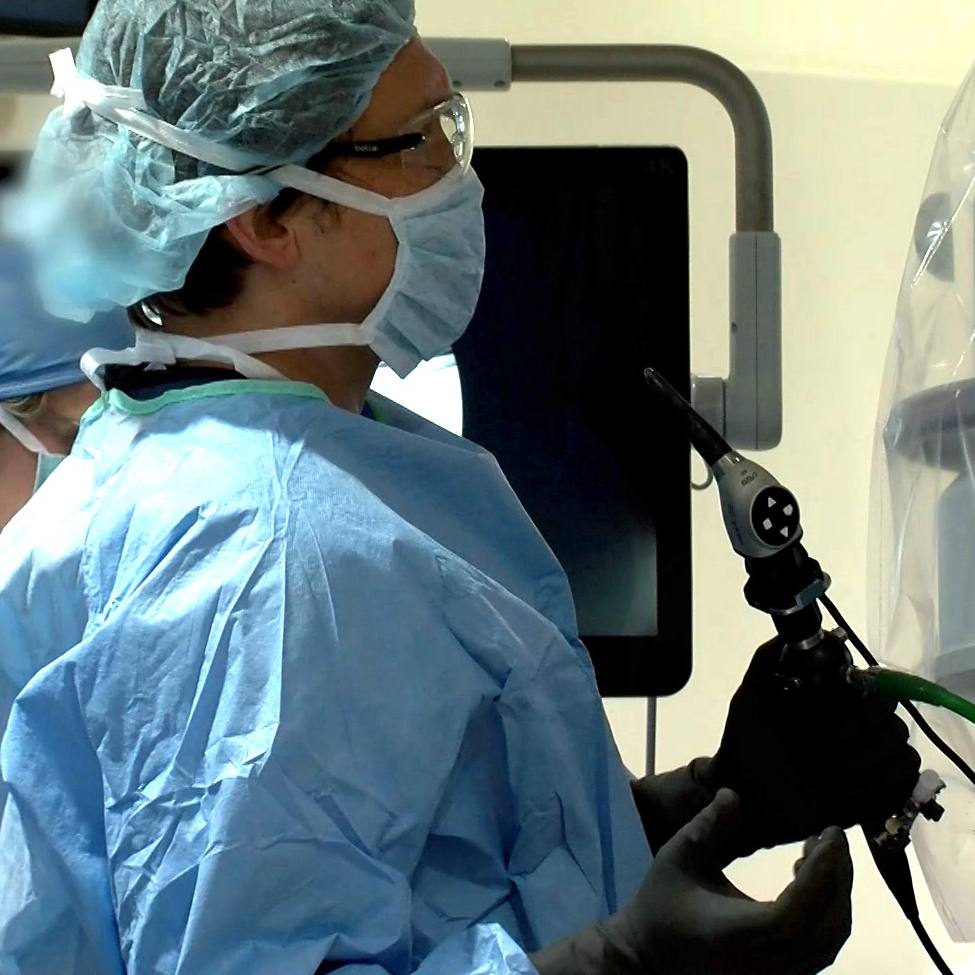-
Health & Wellness
Promising Results in Minimally Invasive Brain Surgery for Epilepsy
http://www.youtube.com/watch?v=yR8I8k3u2xc
A new minimally invasive laser-based tool for epilepsy surgery offers a quicker recuperation time for patients.
For more than 50 years, the standard effective treatment for medication-resistant epileptic seizures has been open brain surgery. The goal is to remove the small areas of scar tissue where the errant nerve signals begin that can trigger epileptic episodes. The operation, known as a temporal lobectomy, is effective in up to 80 percent of patients when the seizures are localized. However, the recovery period can be lengthy, involving several days in the hospital and one to three months of recuperation.
Mayo Clinic neurosurgeon, W. Richard Marsh, M.D., is co-author of a study presented recently to the American Academy of Neurology. Dr. Marsh says the pinhole laser approach, as it's often called, has made a dramatic difference for patients.
Click here for news release:
Journalists: Animation and edited sound bites with Dr. Marsh are available in the downloads. Additional sound bites with neurologist Jerry Shih, M.D., from Mayo Clinic in Florida, are also available.
/// Sound bite (W. Richard Marsh, M.D., Mayo Clinic Neurosurgeon) "So, most patients, in our experience so far, have just been in the hospital overnight and have been able to leave the hospital and get, basically, back to full activity within a matter of days after surgery.” TRT :12
Dr. Marsh says the laser tool, inserted through a one-quarter-inch incision and a small hole bored in the skull, has demonstrated itself to be very safe. He also likes the fact it allows doctors to be very precise in targeting the brain tissue that needs to be treated.
/// Sound bite (W. Richard Marsh, M.D., Mayo Clinic Neurosurgeon) “And we can see in real time in the MRI scanner the tissue heating up. So we can be sure that we’re satisfied, both that we are destroying the tissue we want to, and that we’re staying out of harm’s way of tissue we do not want to injure.” TRT :19
Dr. Marsh says they continue to investigate the new technique, but he believes it could greatly change how epilepsy surgery is done.
Related Articles







